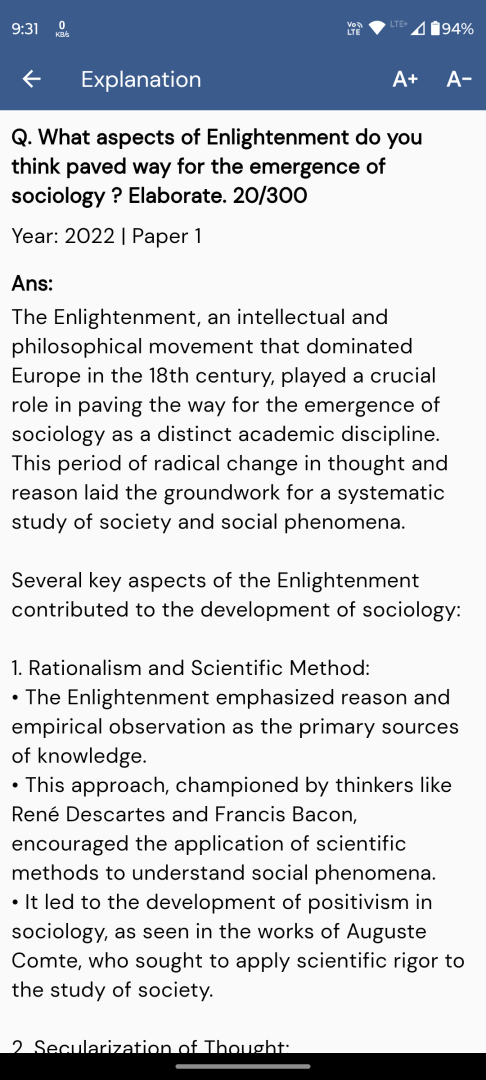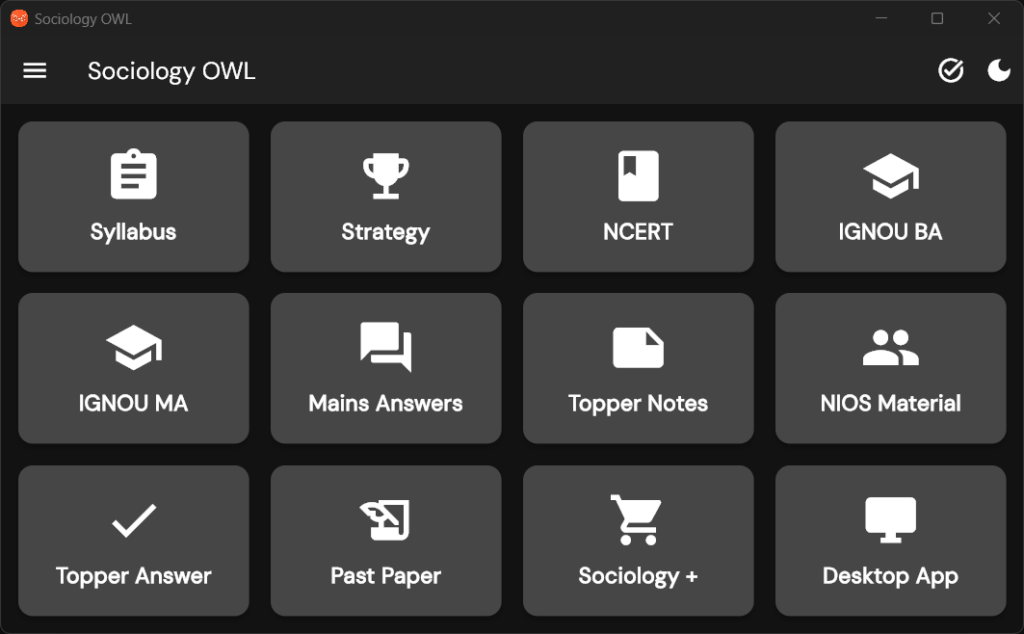Q. Discuss the social bases of political mobilization in Independent India. Has some change occurred in these during the last 60-70 years?
UPSC Sociology 2025 Paper 2
Model Answer:
Political mobilization in Independent India has historically drawn from deep-seated social structures. While traditional bases persist, their nature has undergone substantial transformation over seven decades.
Traditional Bases (1947-1980s)
Caste Politics:
Rajni Kothari’s concept of “politicisation of caste” dominated early decades. Dominant castes (Reddys, Marathas, Jats) controlled regional politics while Scheduled Castes formed vote banks through reservation politics and Ambedkarite movements.
Religion and Region:
Religious identities shaped communal politics, with secular parties consolidating minority votes. Linguistic reorganization (1950s-60s) spawned regional parties like DMK, AIADMK, and Akali Dal, mobilizing through linguistic-cultural identity.
Contemporary Transformations
Fragmentation and Assertion:
– Post-Mandal, monolithic caste blocs fragmented into sub-caste mobilizations (MBCs, Mahadalits, Pasmanda Muslims)
– OBC consolidation through parties like SP, RJD, BSP created new equations
– Christophe Jaffrelot’s “Silent Revolution” through backward caste assertion
New Mobilization Patterns:
– Labharthi Politics: Beneficiary class emerged around welfare schemes (PM-KISAN, Ujjwala, cash transfers), transcending traditional identities
– Gender: Women courted as decisive voting bloc through targeted schemes (Ladli Behna, free bus travel)
– Aspirational Politics: Urban youth mobilized on employment, governance, anti-corruption
– Issue-based Movements: Environmental (Chipko, Narmada), farmers’ protests (2020-21) created new coalitions
Conclusion: Contemporary mobilization reflects multi-layered reality—from identity assertion to development-centric politics, marking India’s democratic deepening beyond primordial loyalties.





